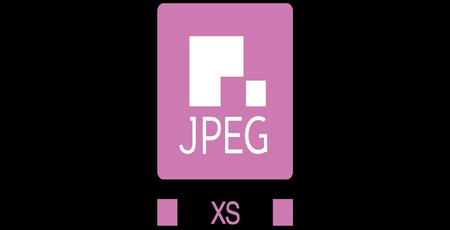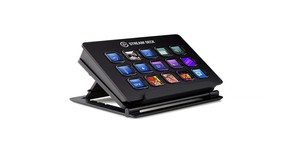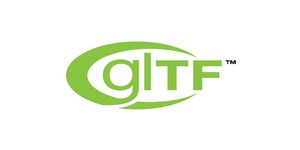JPEG XS image format focuses on AR, VR, streaming use
April 10, 2018 | 10:56
Companies: #joint-photographic-experts-group

The Joint Photographic Experts Group (JPEG) has announced a new variant of its eponymous image compression standard, JPEG XS, with which it hopes to become the standard for high-quality image and video streaming for virtual and augmented reality systems.
First introduced in 1992 the JPEG image compression format became the go-to standard for photographic-quality images on the web, replacing 1987's Graphics Interchange Format (GIF) and offering user-controllable lossy compression, four-gigapixel resolution support, and a significantly wider colour palette than its 8-bit predecessor while compressing files to an average of 10:1 with little loss of quality. While some functionality was lost in the process - JPEGs do not support transparency, while animation requires the use of the related Motion JPEG (M-JPEG) video standard - today the majority of photographic images on the web use JPEG, and now its creators are looking to new domains including augmented and virtual reality (AR and VR).
Announced this week, JPEG XS is at first glance a weaker version of its predecessor offering lower compression ratios - around 6:1 rather than JPEG's 10:1. This, however, is a deliberate choice, with the Group having targeted efficiency and quality over compression as a reflection that network speeds in 2018 are considerably better than they were in 1992. 'For the first time in the history of image coding, we are compressing less in order to better preserve quality, and we are making the process faster while using less energy,' explains Professor Touradj Ebrahimi of his organisation's new standard. 'We want to be smarter in how we do things. The idea is to use less resources, and use them more wisely. This is a real paradigm shift. Compressing the images with JPEG XS doesn’t compromise quality at all: even experts can’t tell the difference between an original and a compressed picture or movie.'
The Group has a range of target applications in mind for JPEG XS, which is effectively the opposite of the higher-compression JPEG XL standard it plans to release in 2019, with the majority focused on arenas where latency reduction is more important than bandwidth reduction - including, naturally, VR and AR. The European Space Agency (ESA) is also said to have shown interest in adopting JPEG XS for its space probes to reduce power draw when capturing and transmitting images. It won't, however, replace JPEG for everyday use, with digital cameras, smartphones, and web browsers - all running on relatively high-power, high-performance hardware - sticking to the classic format and its higher compression ratio.
'In the immediate future, JPEG XS will be put to use in professional applications like movie editing, space imagery and professional-grade cameras. Consumer electronics will come next, including self-driving cars, virtual reality, augmented reality, and wireless connections between multimedia devices and TV monitors or projectors,' says Ebrahimi. 'To be able to use JPEG XS, consumers will need to own the next generation of devices. In terms of software, they will probably just need to run an update, like they do from time to time on their computers and smartphones anyway.'
The standard, which is released under a permissive open-source licence as per its predecessor, is currently going through International Organisation for Standardisation (ISO) approval, after which the first JPEG XS products will be released to the market. More information on JPEG XS is available on the official website.

MSI MPG Velox 100R Chassis Review
October 14 2021 | 15:04








Want to comment? Please log in.